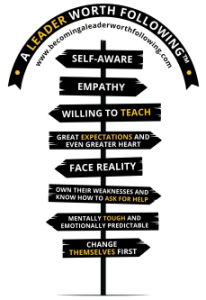A classic illustration of self-awareness is the tale of the emperor and his new clothes, where a trickster leads the emperor to believe he’s dressed in fine garments, whereas he’s actually naked. This example reflects a lack of self-awareness, as the emperor parades around the town in the nude. Similarly, the concept of the wake left behind a leadership “boat” is an apt metaphor.
The impact of a leader’s actions and the awareness of this effect are thoroughly explored in both Parts 1 and 2 of a relevant book. A Leader Worth Following not only recognizes the wake they leave but also understands its impact on others and strives to minimize any negative effects.
Self-awareness encompasses not only the understanding of one’s influence on others but also a deep comprehension of emotions—both personal and those of others. Historically, some have viewed emotions in leadership negatively, aspiring to a stoic demeanor. However, embracing emotions can provide unique insights into the human experience, aiding better decision-making.
Many individuals, leaders included, are often oblivious to the eight fundamental emotions and their personal relationship with them. These emotions exist in opposing pairs:
- Anger – Fear
- Disgust – Trust
- Sadness – Joy
- Surprise – Anticipation
Understanding and identifying emotions is crucial, as seen with the anger-fear pairing. Societal norms sometimes dictate emotional responses, leading to misdirected feelings. For example, unacknowledged fear might manifest as anger. Recognizing and addressing these emotions allows leaders to make more informed decisions and maintain emotional stability within their teams.
Developing a Leadership Point of View is a recommended first step in cultivating self-awareness, achievable through individual coaching or group sessions, such as those offered in the Becoming a Leader Worth Following Book Club.


